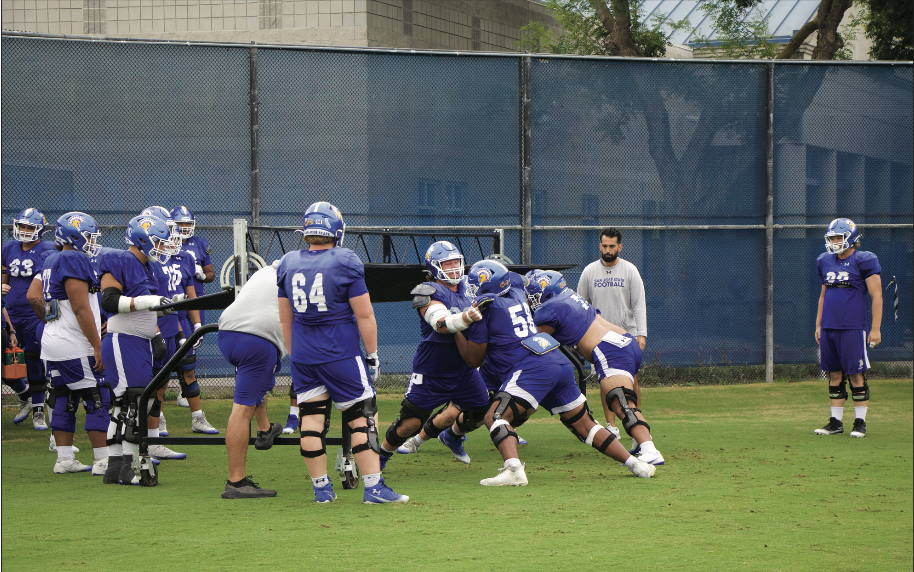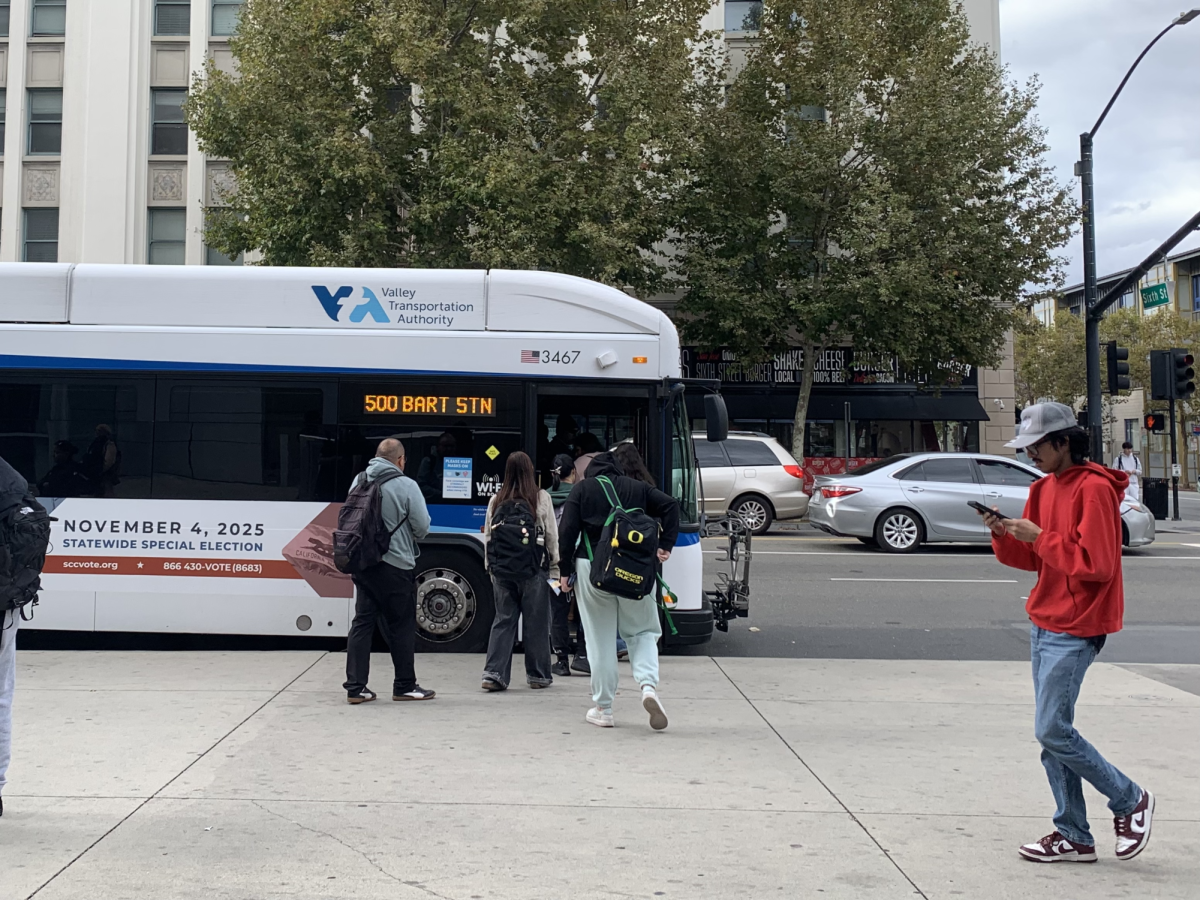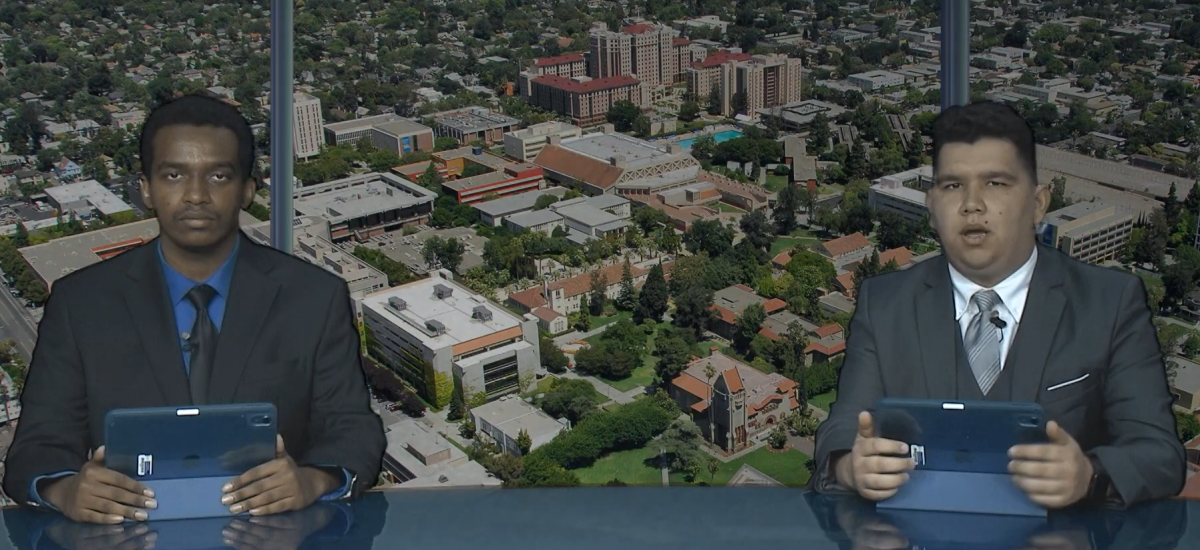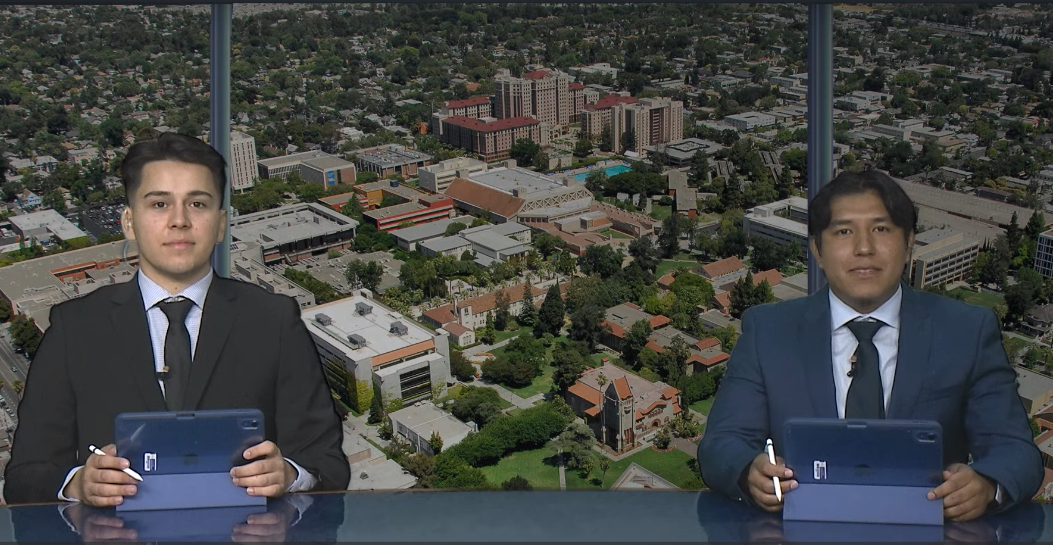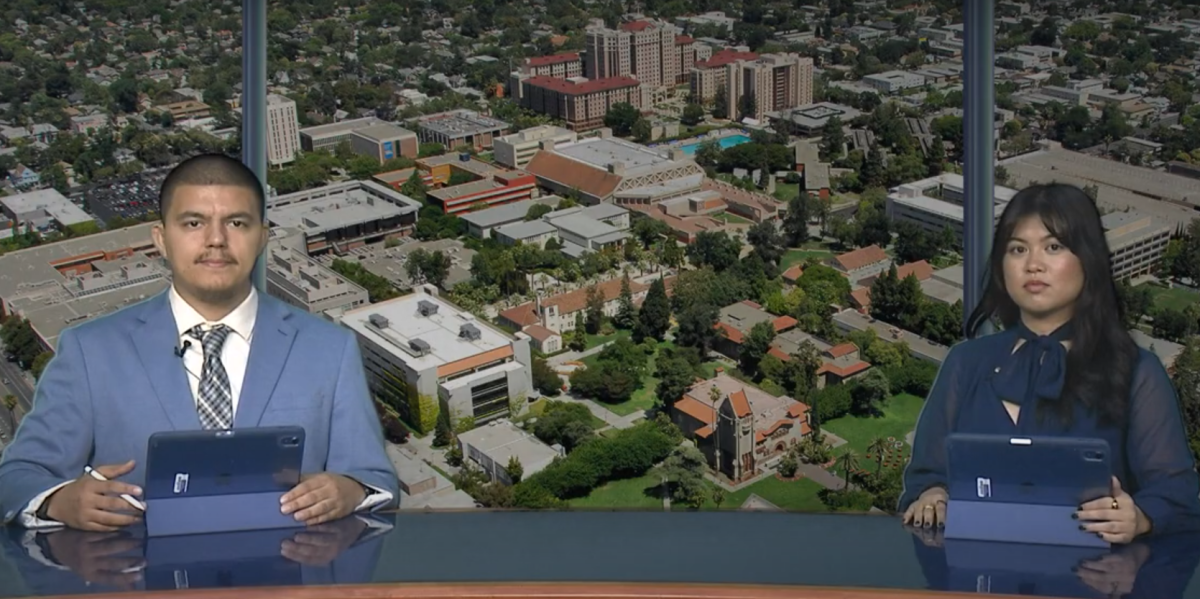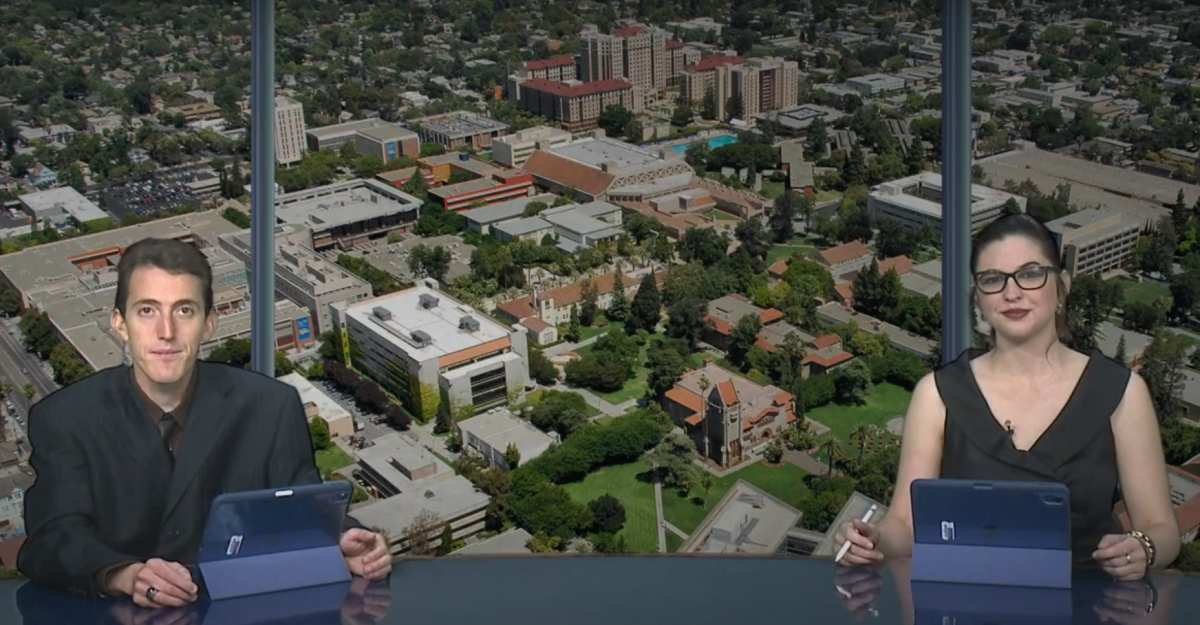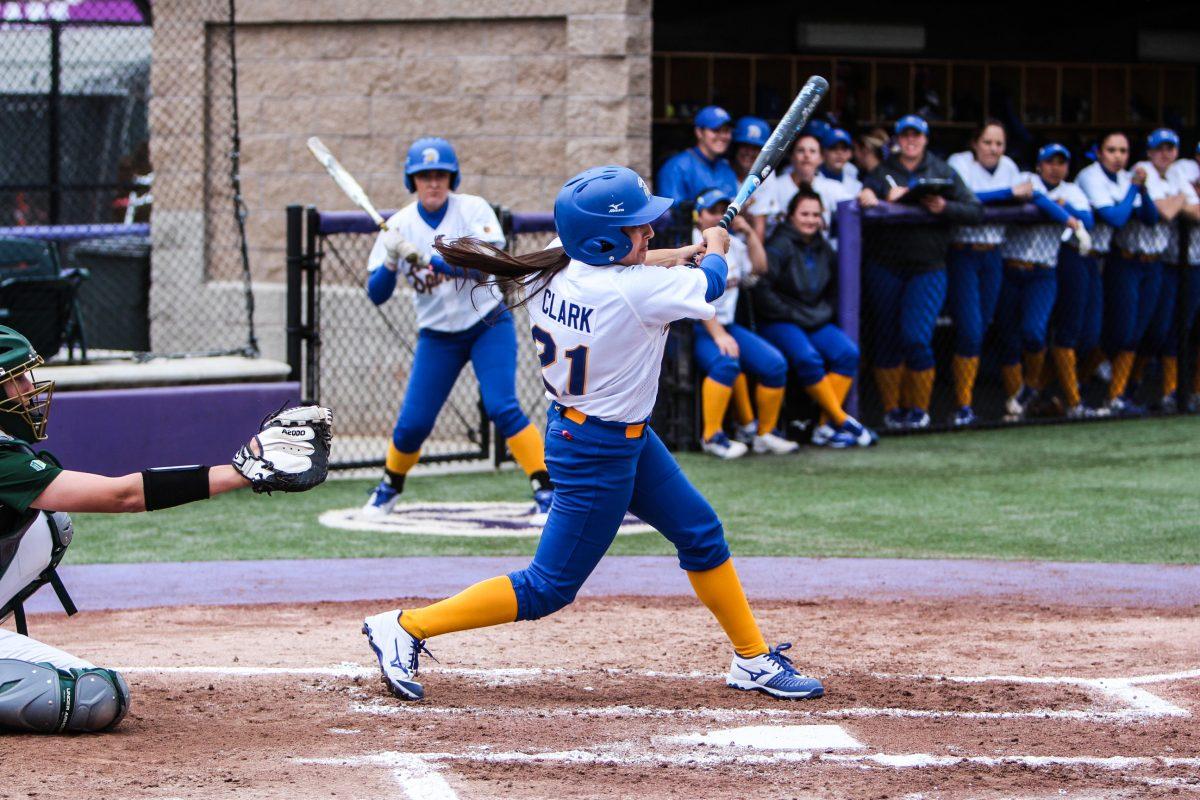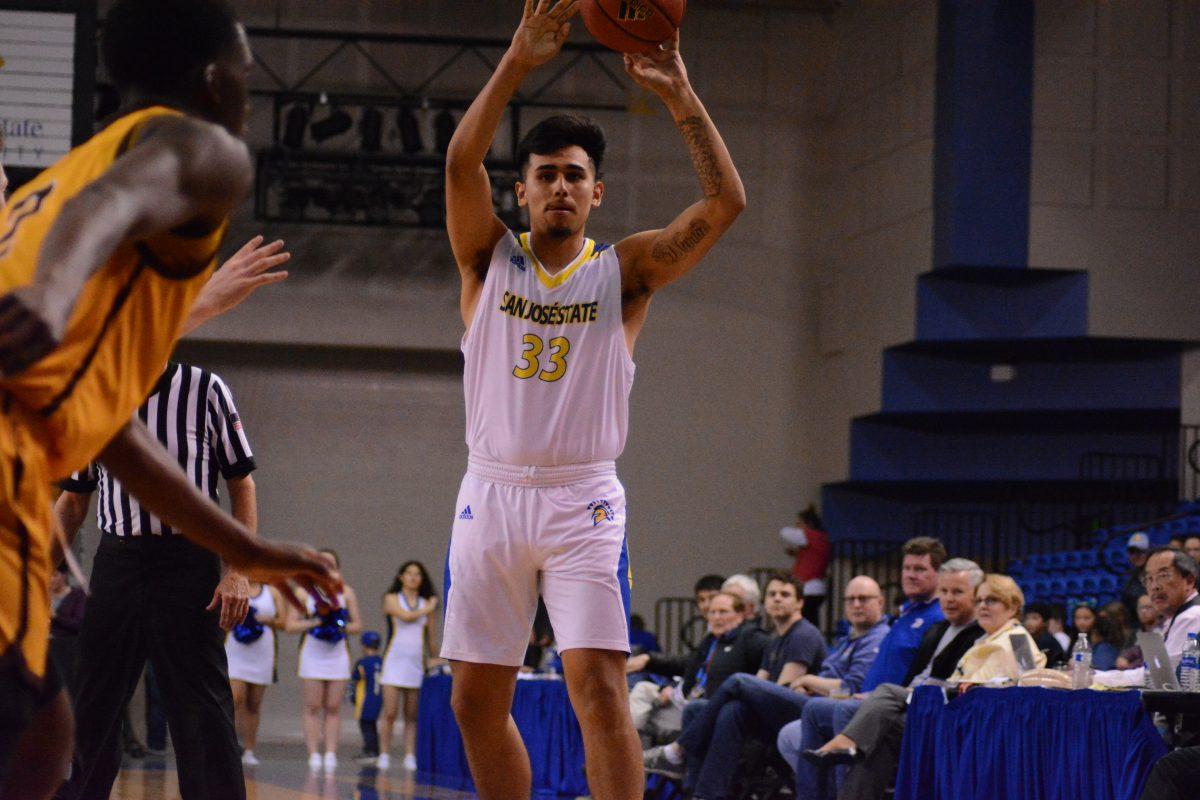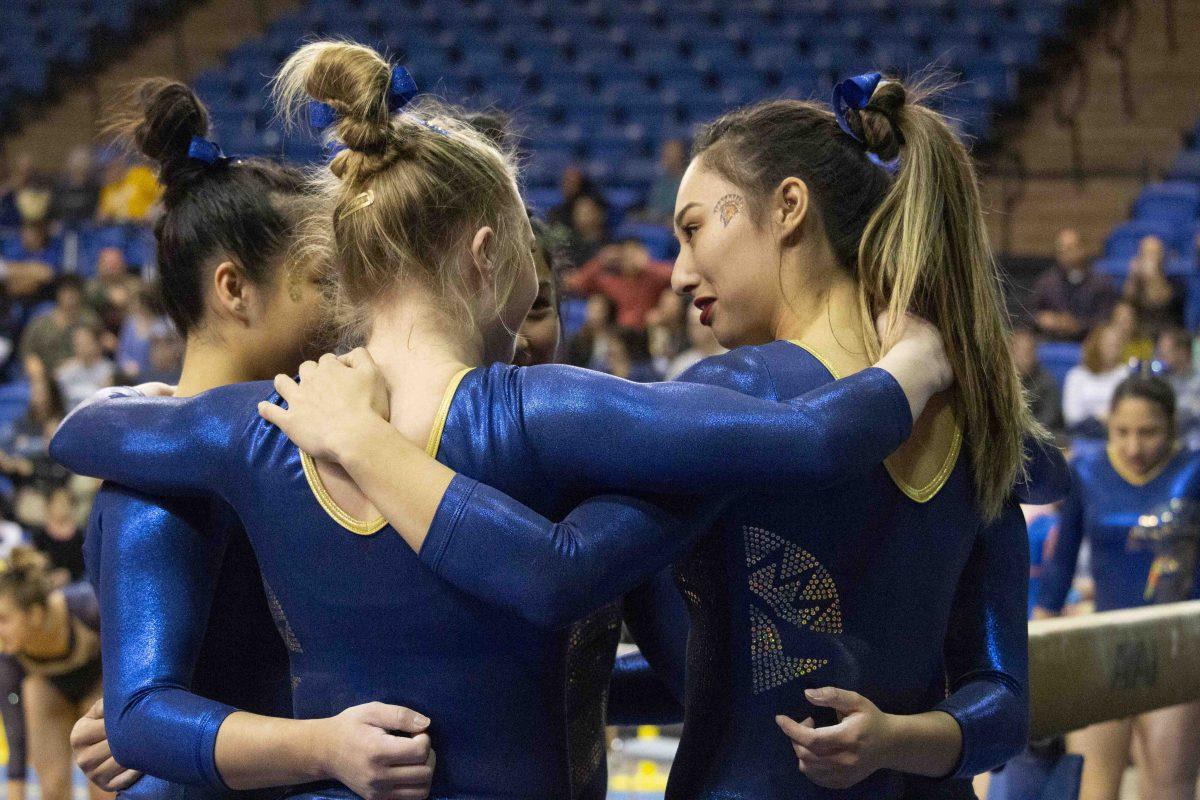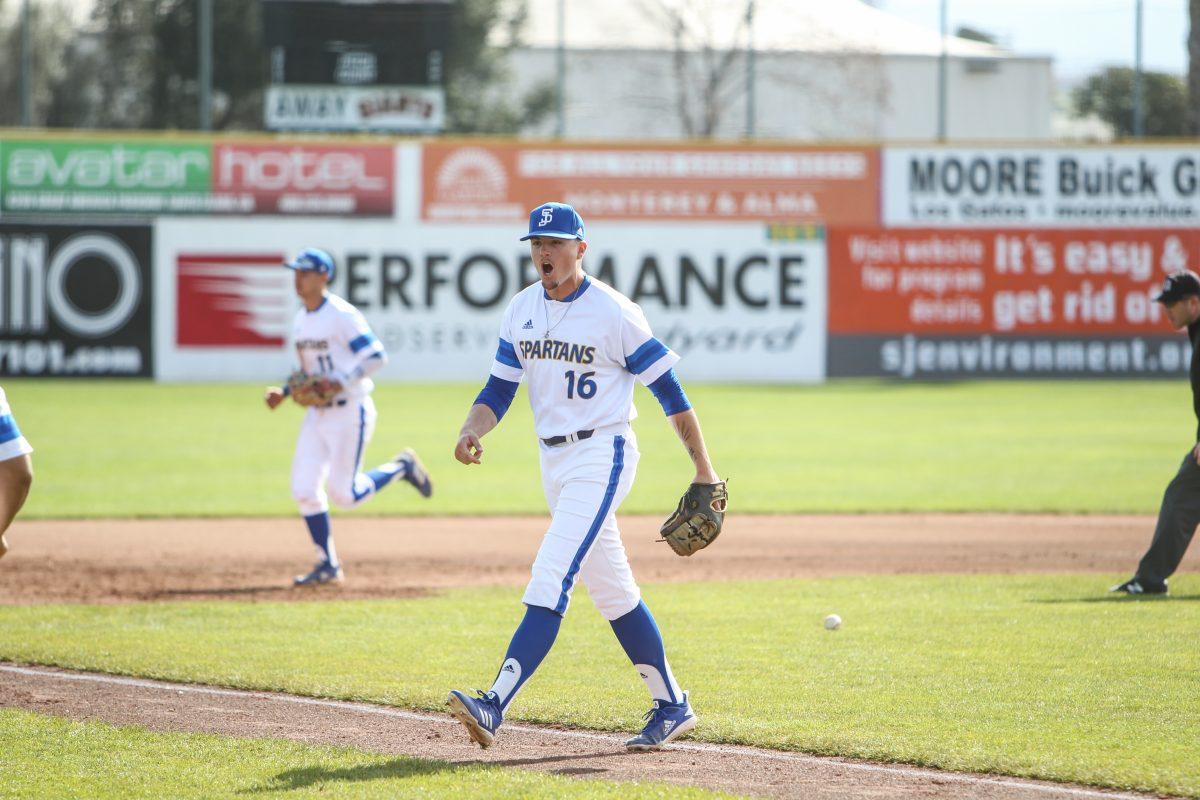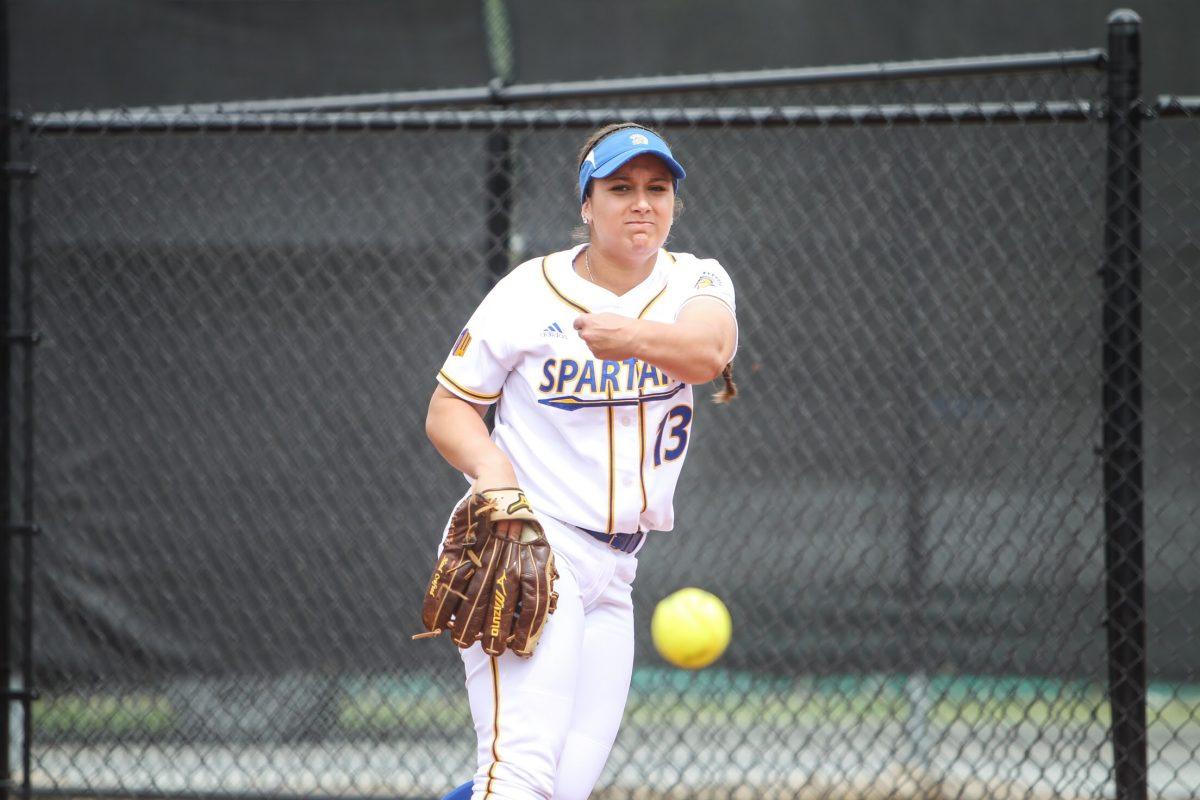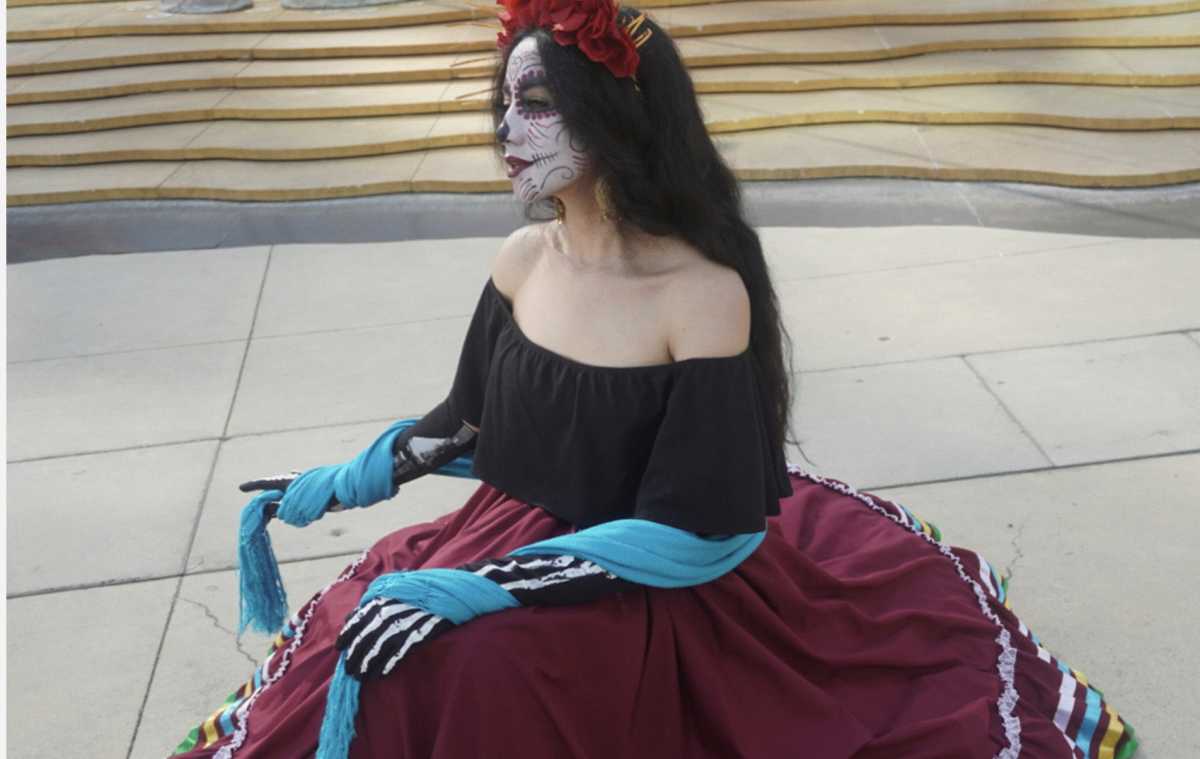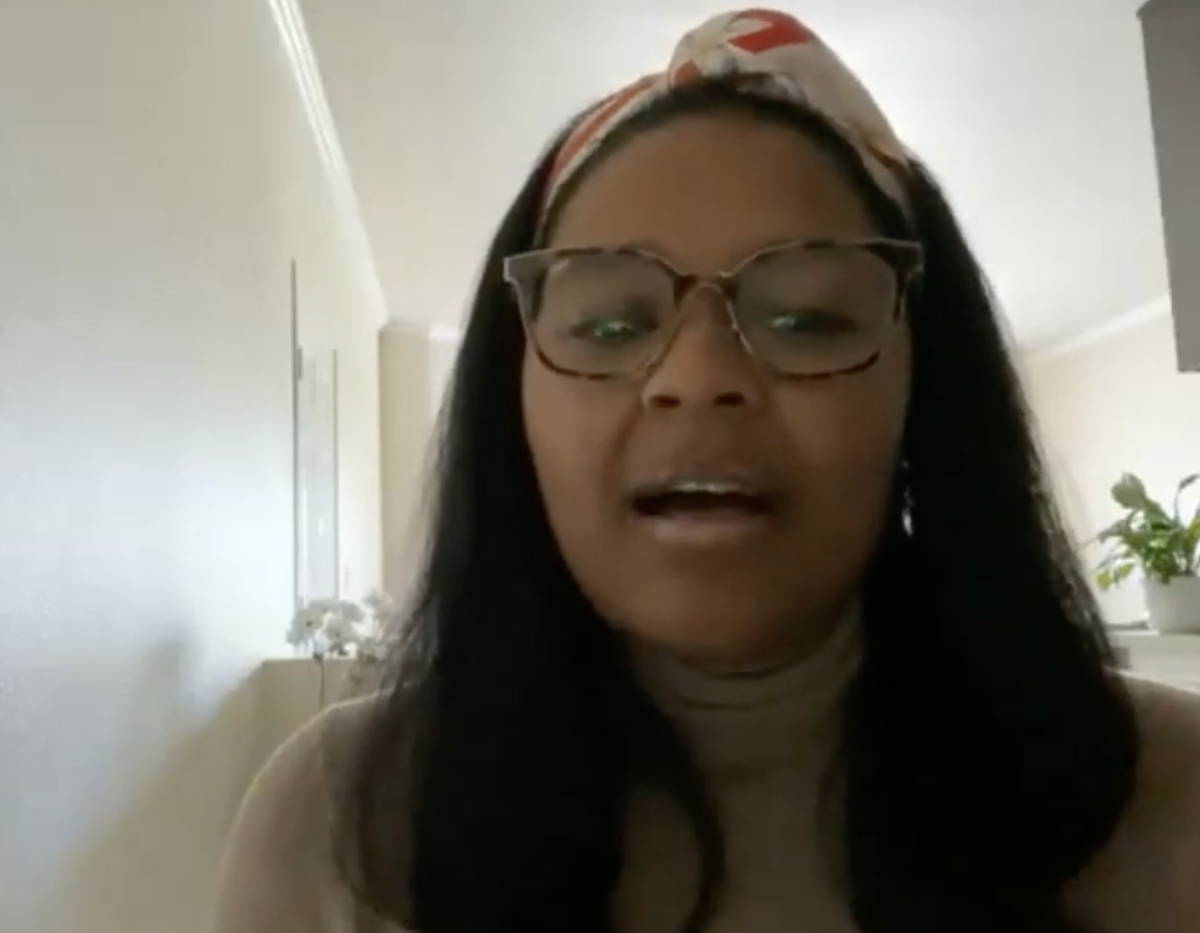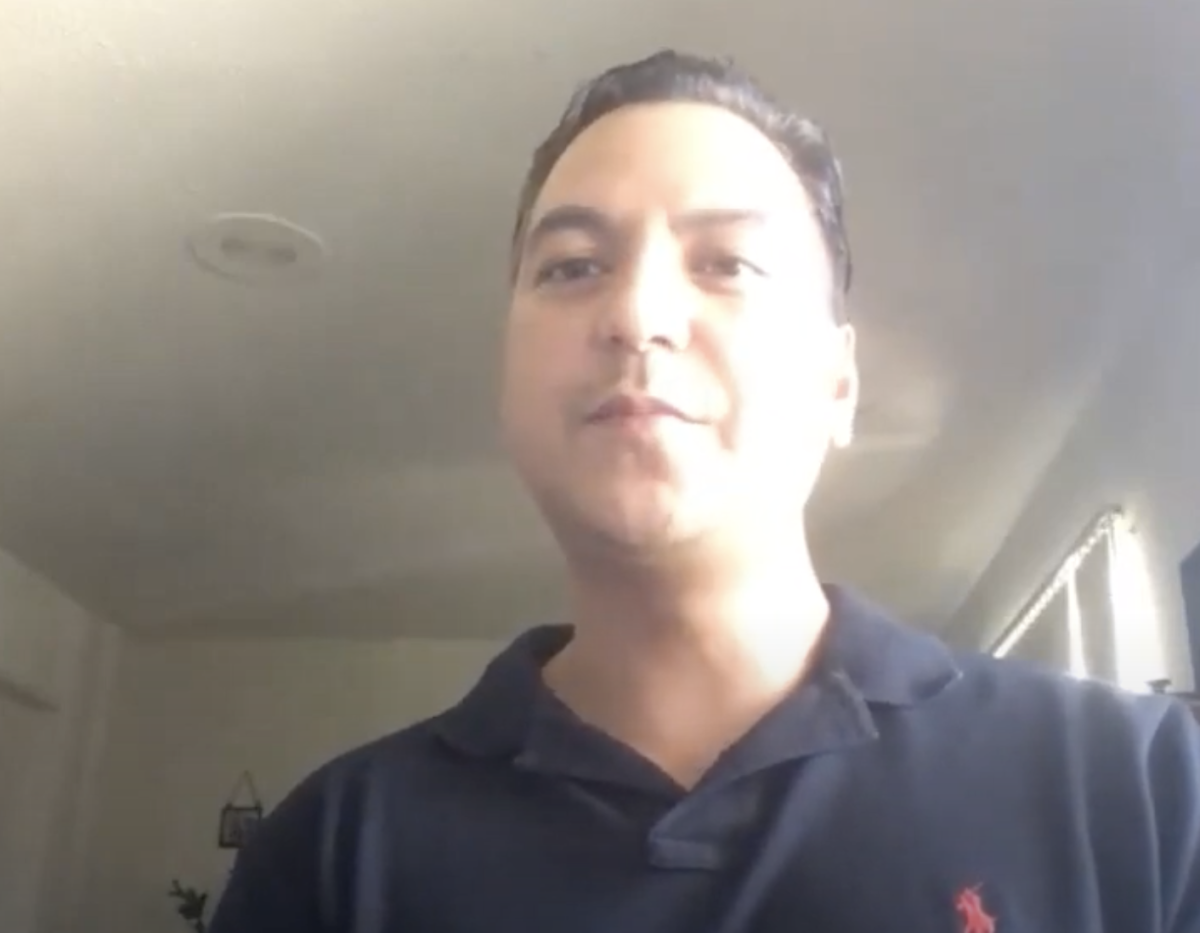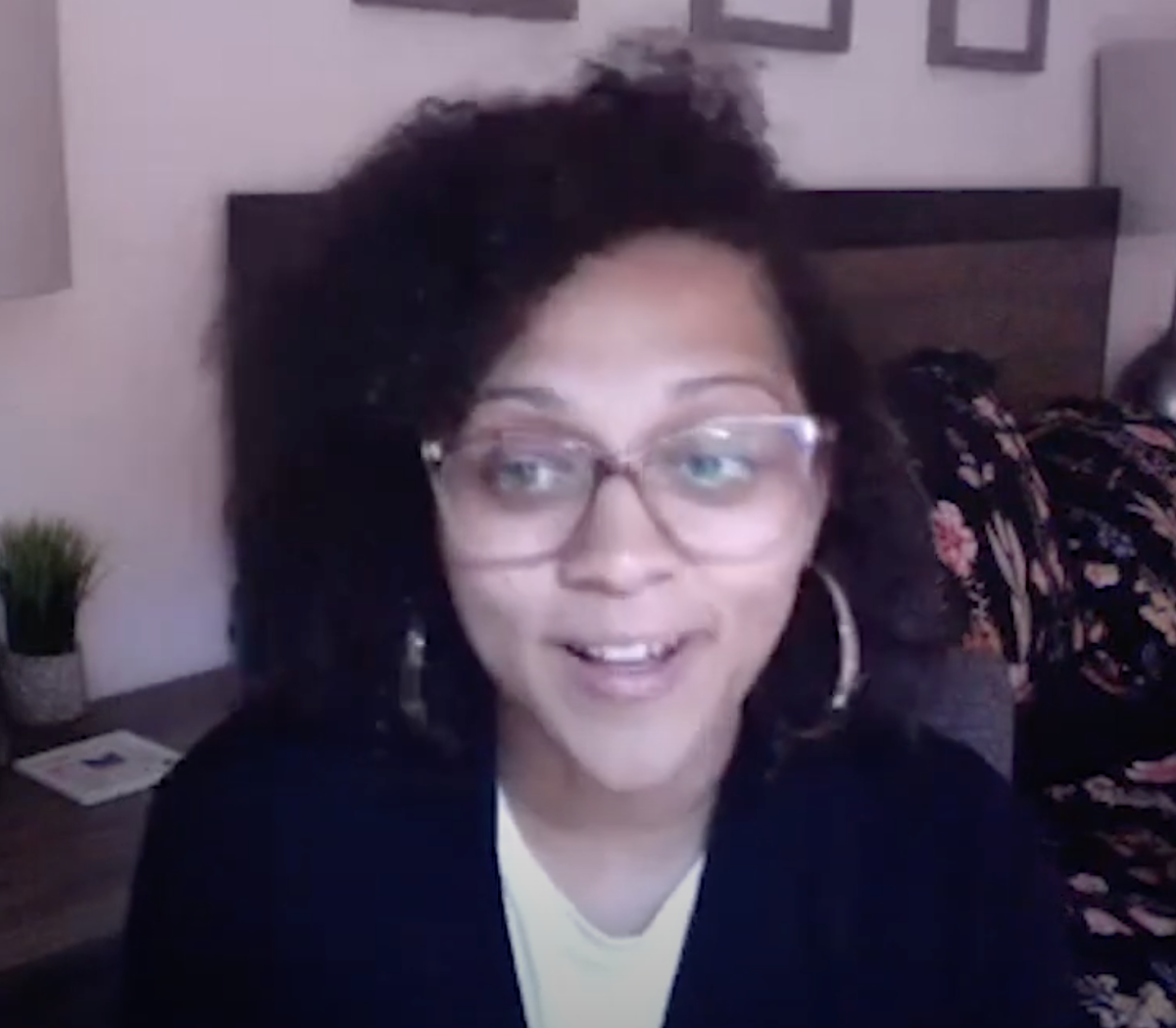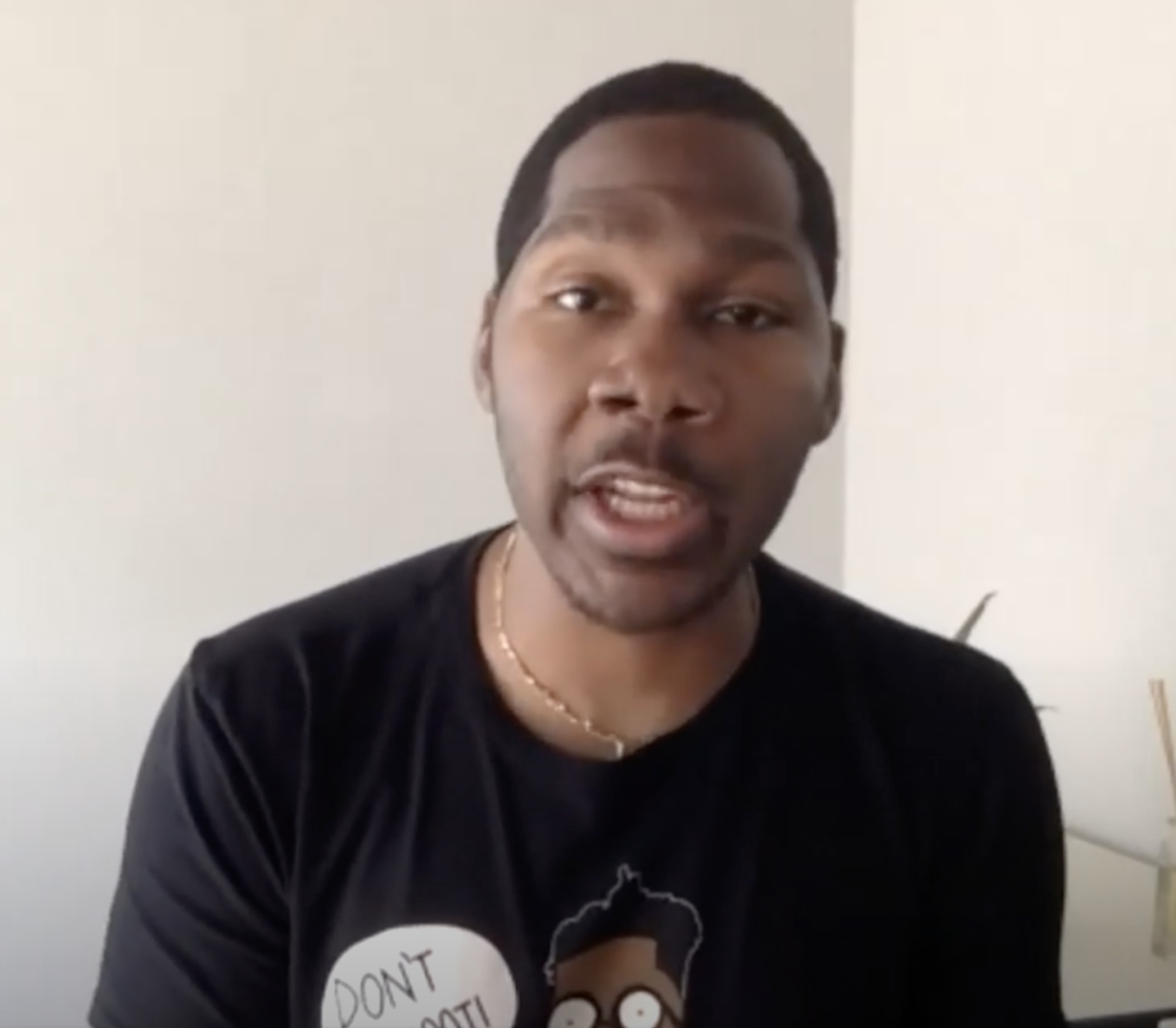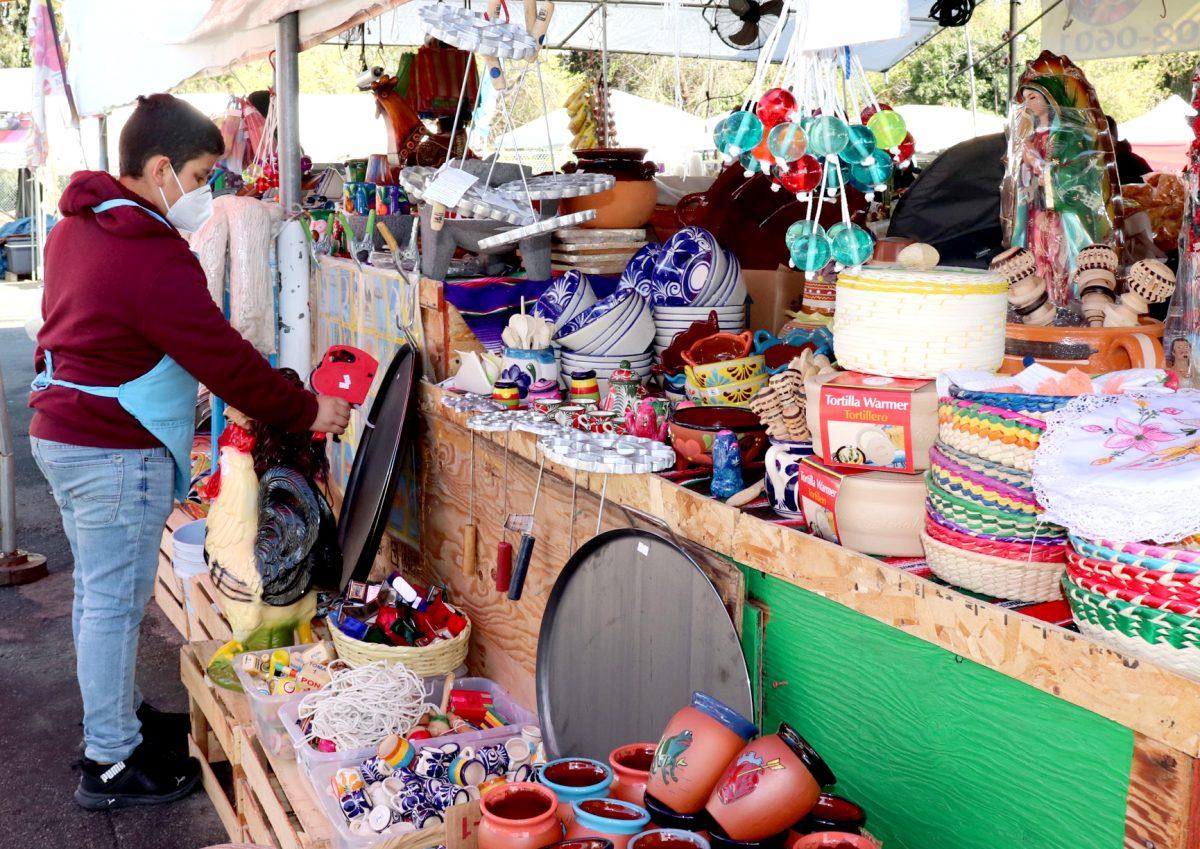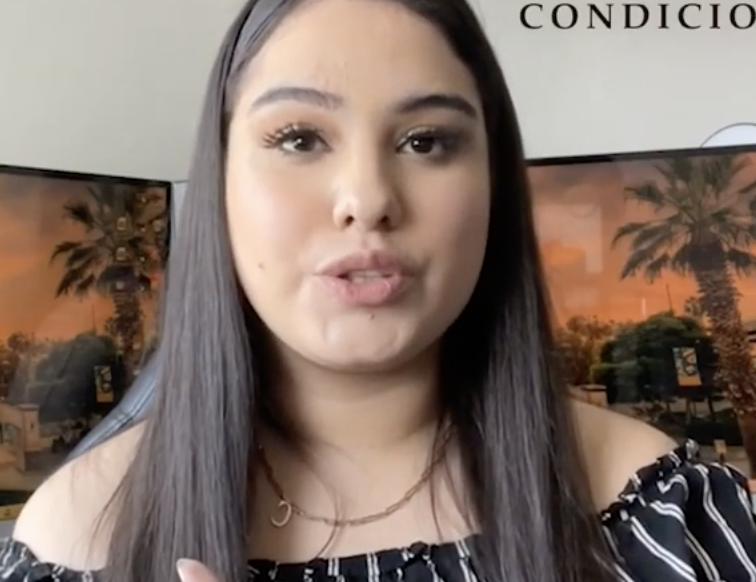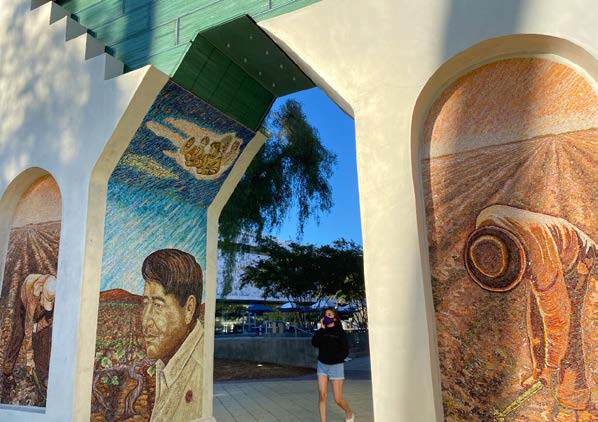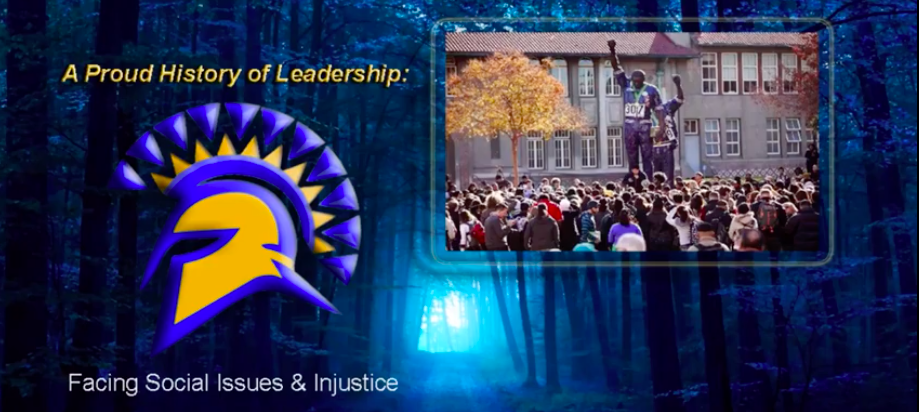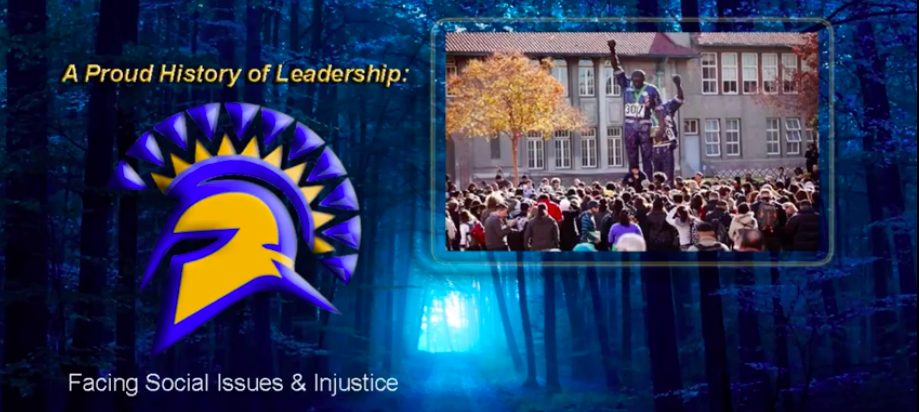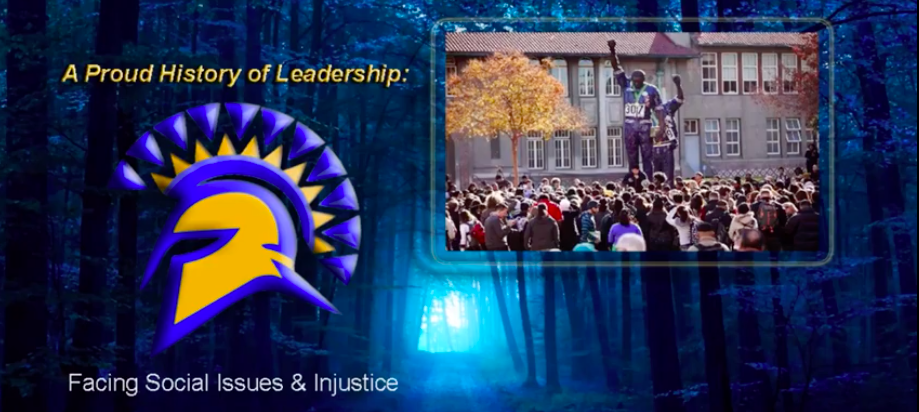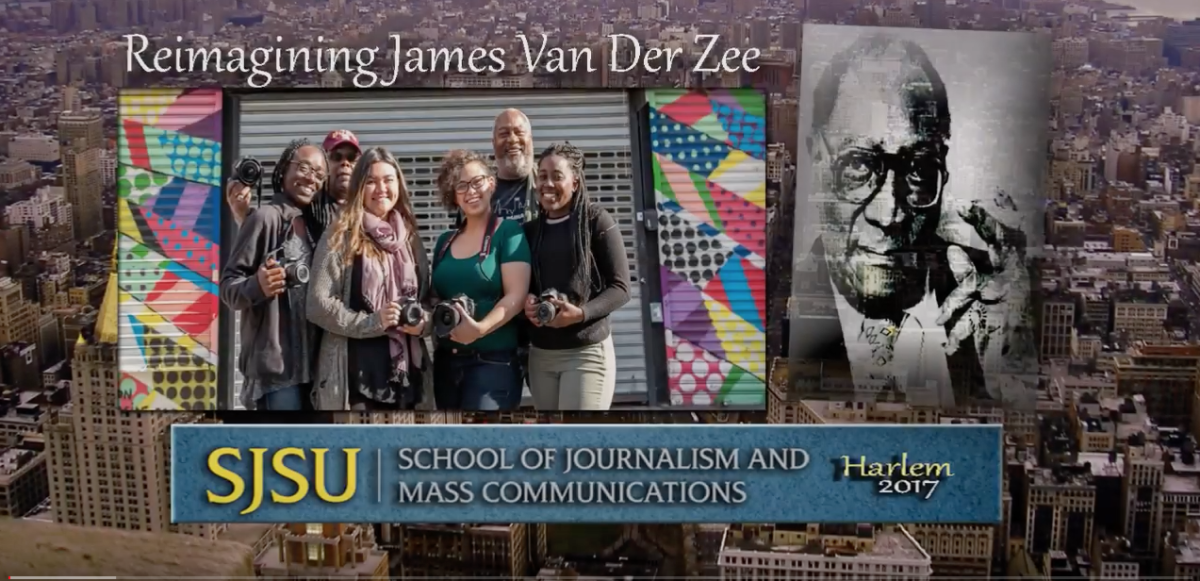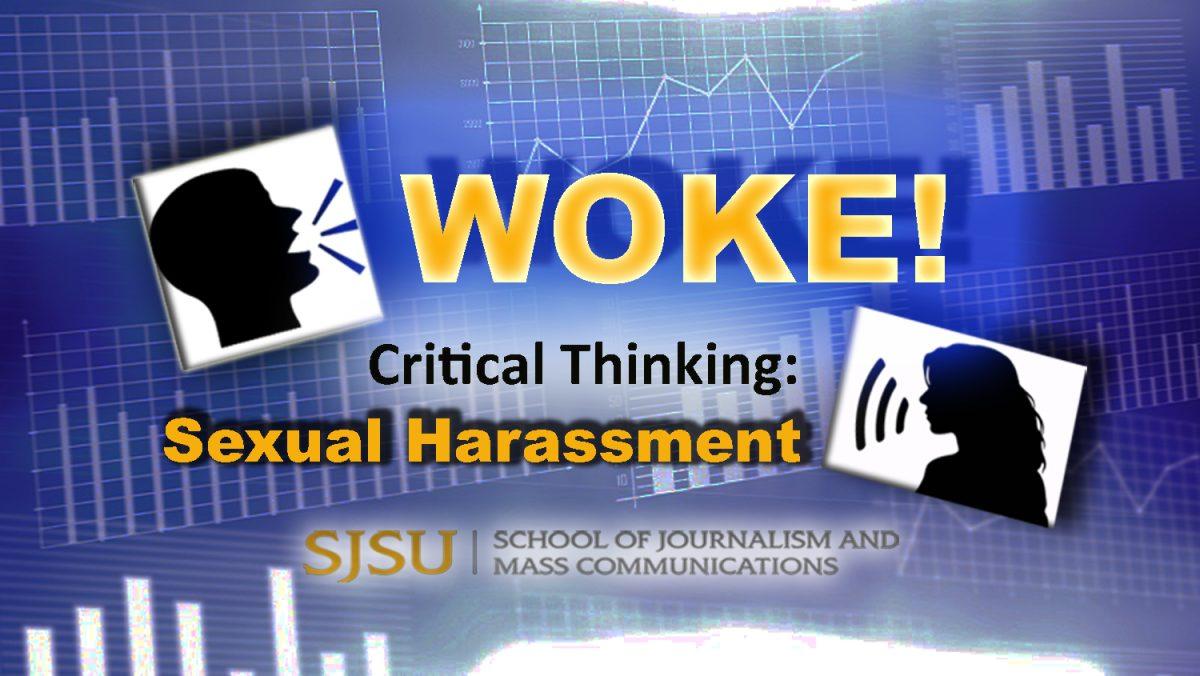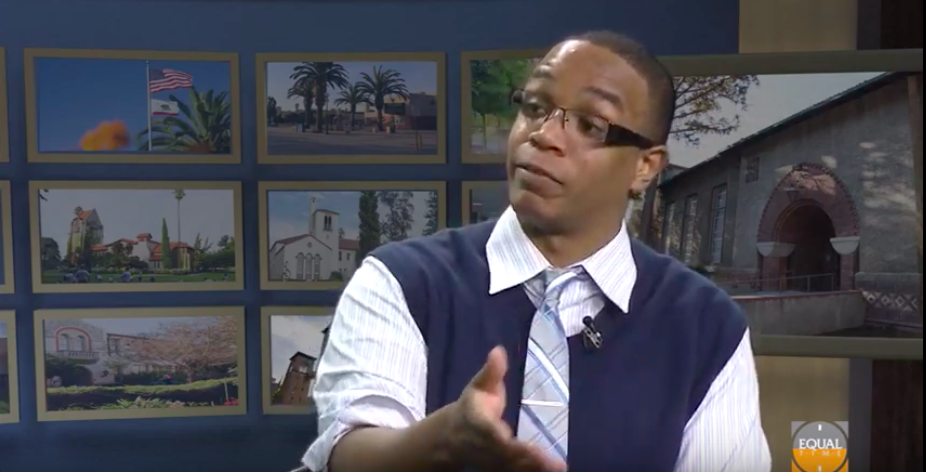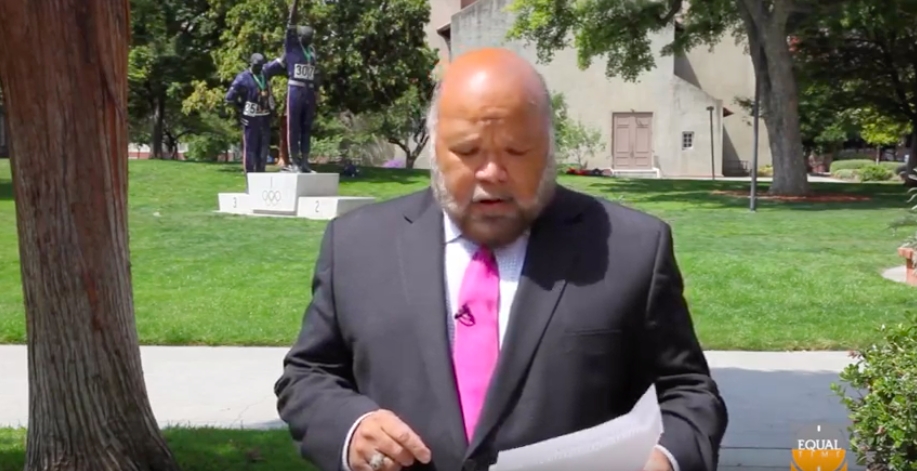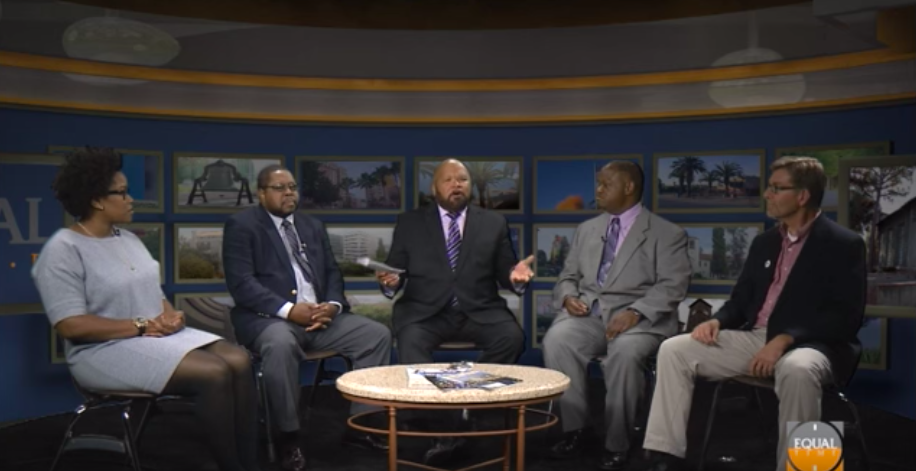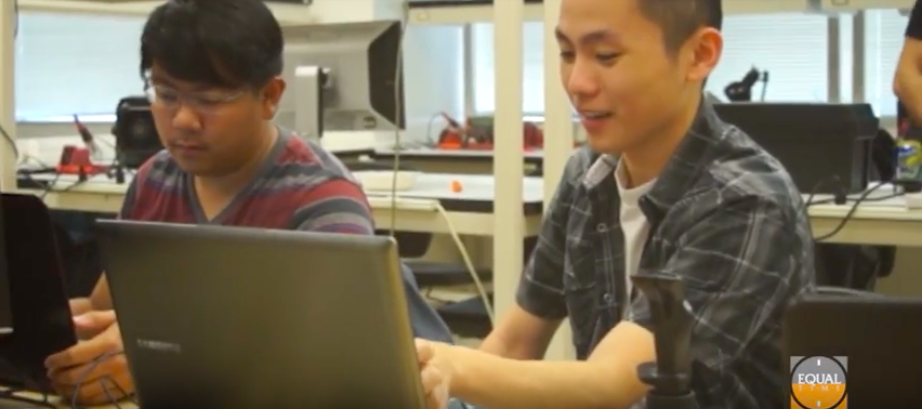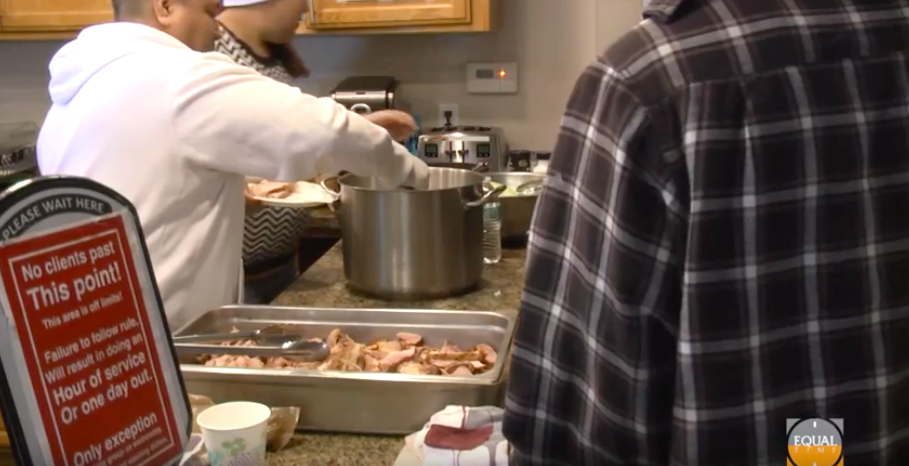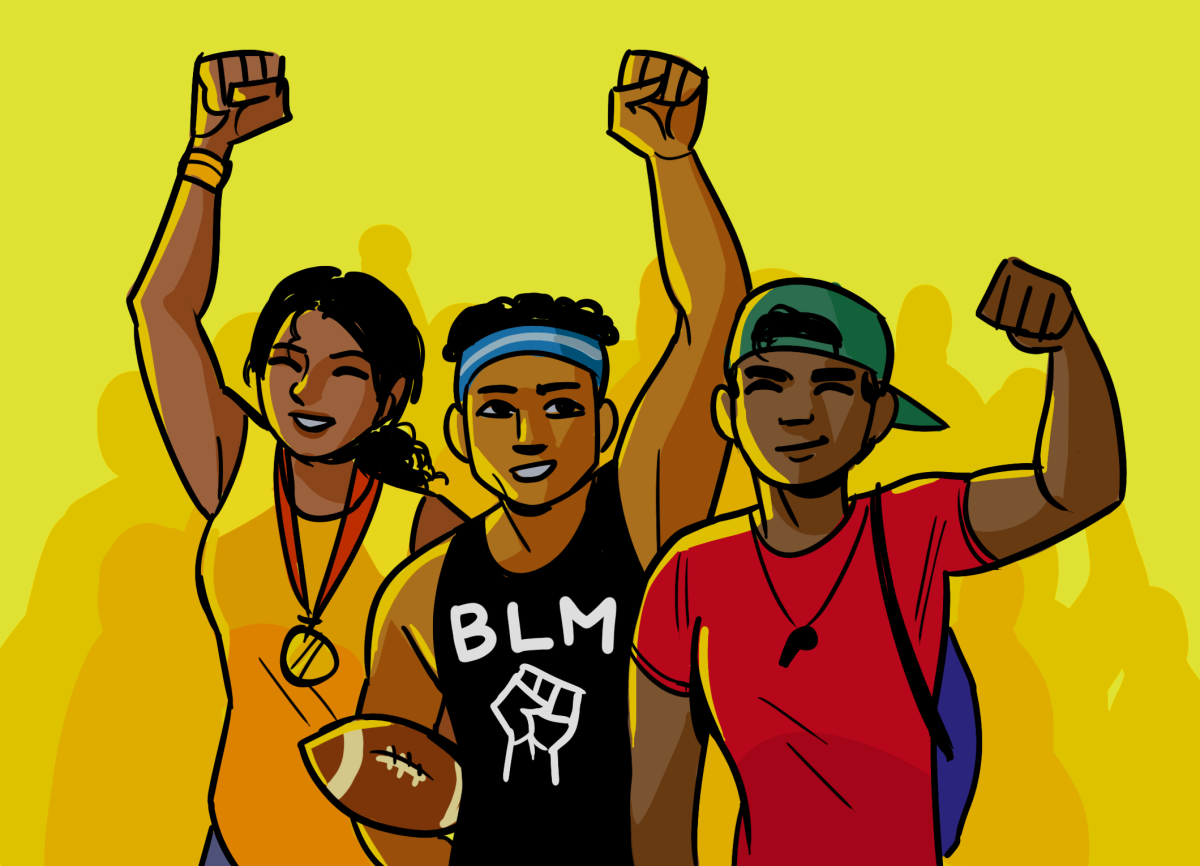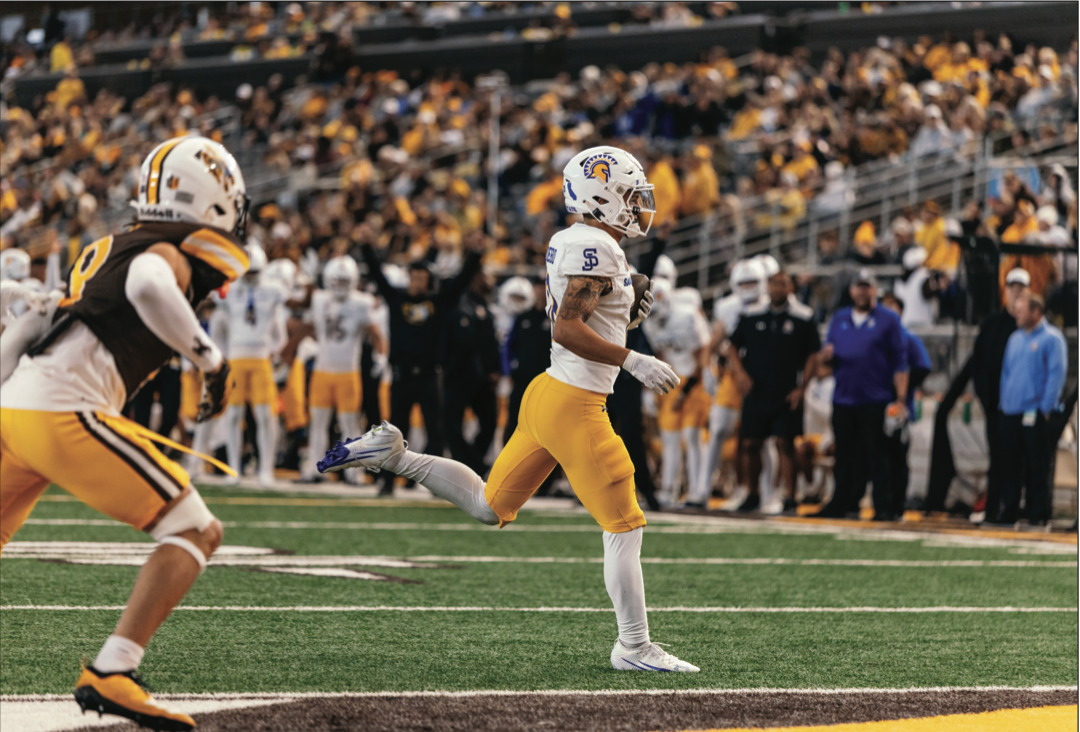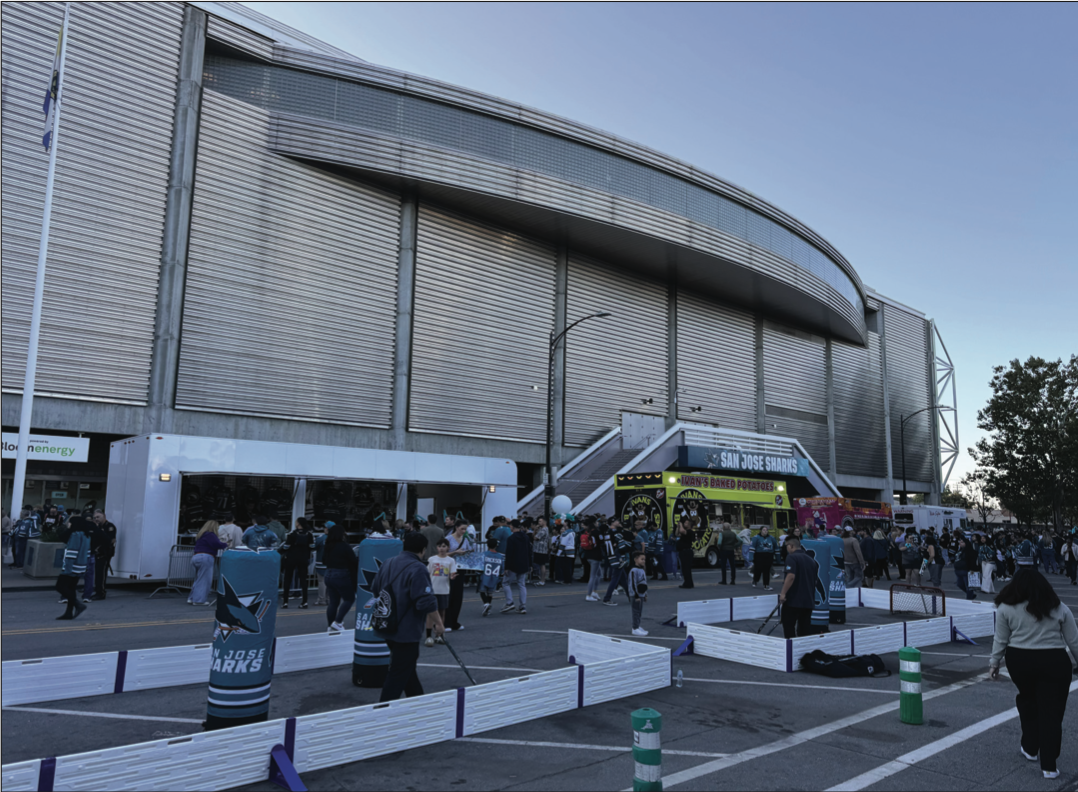The Institute for the Study of Sport, Society and Social Change held a panel on Thursday regarding intersections of sports, politics and culture within the state and national athletic organizations, from managers to players on the field.
Panel speakers included Dr. Travis Boyce, SJSU associate professor and department chair for African American studies; Dr. Billy Hawkins, interim department chair and professor for the department of health and human performance at the University of Houston; and Dr. Letisha Engracia Cardoso Brown, assistant professor in the department of sociology at
Virginia Tech.
The conversation largely focused on the influence and role of Black athletes in politics and social issues through sociological and historical perspectives.
Speakers shared their views on the current state and influence of Black athletes in sports.
Hawkins said sports provided him with a “critical lens to look at race and race relations.”
“I enjoy sports, I use it as a tool to get an education, enjoyment, entertainment, but I also use it as a tool to look at how race relations are often expressed,” Hawkins said.
He also added Black athletes will continue to use sports as a means of social mobility and as a way to navigate through predominantly white structures, while using their visibility to create emancipatory spaces to freely live.
Brown said the lack of intersectionality in the Black Lives Matter movement, despite originating from Black female activism, has resulted in the ongoing erasure of women athletes and their contributions to social change.
According to the Black Lives Matter website, three women activists, Alicia Garza, Opal Tometi and Patrisse Cullors, created the movement in 2013 in response to the acquittal of Trayvon Martin’s shooter, George Zimmerman.
17-year-old Martin was fatally shot by Zimmerman in 2012, who claimed Martin was “suspicious” and took action, despite police instructions to stay in his car, according to a Oct. 19, 2020 CNN article.
Brown referenced the Combahee River Collective, a Black feminist lesbian socialist organization that was active in the mid and late ‘70s, according to an article from Black Past, a reference center for African American history.
She said the words and objectives of the group are still relevant to today’s lack of intersectionality within major social movements.
“We cannot separate race from sexism from classism, in order to make inroads into real social change,” Brown said. “Because it would mean dismantling all systems of oppression.”
The panelists also discussed the harm that results from efforts to separate and censor sports and politics.
“The woman from Fox News who said ‘tell them to shut up and dribble,’ is the reason why there’s this vilification of particularly Black athletes, or people who are challenging the racial status quo,” Boyce said. “Black athletes are taking ownership of their identity, of their platform, of who they are, to enact social change.”
The panel discussed the commodification of Black sports figures and explained how experiences surrounding racial violence and trauma affect self-identity.
Brown explained that collegiate sports are fundamentally supported by Black men and women.
“In a situation where black people are dying the most from this pandemic,” Brown said. “Especially when considering that many collegiate athletes and just Black students in
general, are often in a position where they’re taking care of their families back home, either through student loans or through scholarships.”
Boyce said teams rely heavily on Black athletes who are affected physically and mentally, even after their career, however they’re not being well compensated.
A January 2019 Guardian article cited that 70% of NFL athletes are Black.
“One of the critical causes of visibility is the threat to disrupt the market, disrupting the flow of capital to white America,” Hawkins said. “So this threat to disrupt and shut down businesses strikes enough fear in corporate America and captures enough attention . . . I think this is where the Black athlete comes in and uses their athletic capital and converting it into social capital to make those types of demands [for representation in sports leadership].”



